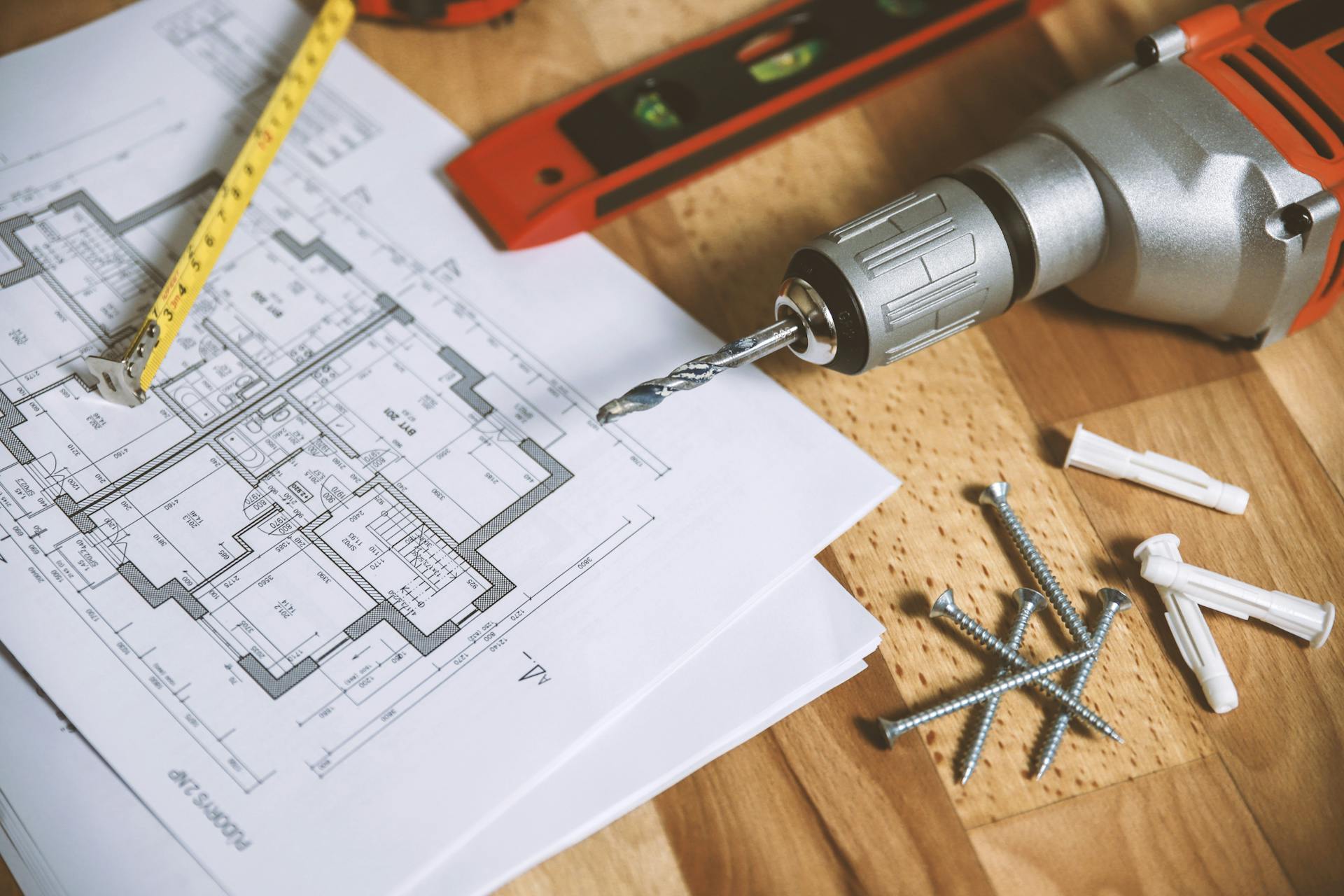Ball screws have been in use since the late 1800s. Even in those days, their potential for converting rotational motion into linear was far-reaching. Though their use was limited in the beginning, it has branched out significantly since then. At this point, these components can be found in any number of applications from aircraft and automobiles to robotics and hydroelectric plants. They’ve transformed numerous industries, and they’ll continue to evolve over time. That being said, take a look at some of the latest Advancements in Precision Ball Screw Technology.
Sensors and Monitoring
For one, some ball screw assemblies now have integral sensors and monitoring systems. Those allow users to keep watch over their operating temperatures, efficiency, and other factors in real time. They can also help users keep track of wear and tear and create more effective maintenance schedules for their ball screw assemblies and the machines they’re used in. Those advanced systems can improve safety, longevity, performance, and many other aspects.
New Manufacturing Techniques
New manufacturing techniques now are being to make ball screw assemblies. One of the most noteworthy is 3D printing. This process allows manufacturers to create more complicated assemblies than they could in the past. It’s making more customization options available to users as well. That, alone, could lead to endless possibilities.
Improved Materials and Coatings
Improved materials and coatings have also entered the mix. Nickel-based alloys, ceramic balls, and other new solutions are now being used in these assemblies to make them stronger and more resistant to wear. Specially designed anti-corrosive coatings are being applied to ward off the effects of moisture and other environmental hazards. Those advancements can reduce the need for maintenance in some cases, and they certainly boost the longevity of ball screws in many applications.
Increased Load Capacities
Due to new materials and advancements in manufacturing techniques, ball screws can now offer higher load capacities as well. Improved preload systems are also contributing to this aspect. As such, many of today’s ball screws can handle more weight and strain, so they can be used in more demanding applications than those of the past. They may last longer under that added stress too.
Higher Levels of Precision
Ball screws have long been known for their accuracy, which is an essential trait in many applications. It’s one of the reasons so many manufacturers and engineers choose them. New manufacturing techniques and other advancements are giving them even more precision than before. They may create less backlash and provide improved repeatability when compared to their less advanced counterparts.
Ball Screws: Leading Industries into the Future
Those are some of the most recent advancements in ball screw technology. These assemblies have already revolutionized numerous industries. With the latest developments in play, they’ll continue provide a long list of benefits for their users. They’ll also lead an array of companies into the future as they continue to advance. They’ll undoubtedly branch out into new industries and applications moving forward as well, and their ever-growing potential for customization will help their users do the same.





